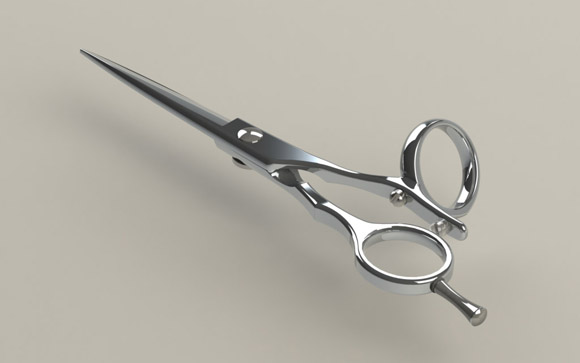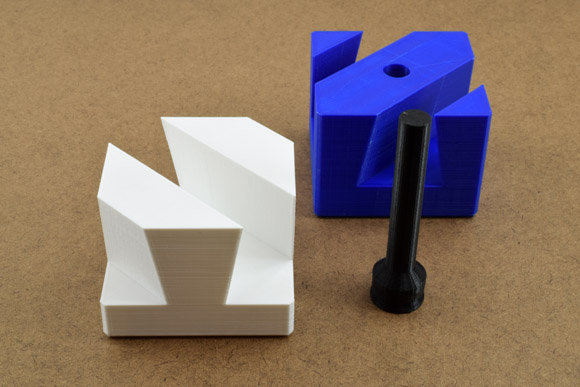Welcome! I am an engineer, programmer, designer, and
gentleman. You may be interested in some of my
electrical and mechanical projects. Take everything you read
here with a grain of salt and remember to wear your safety
glasses.
Fed up with chaos around my kitchen sink, I designed and 3D-printed
a storage tray for my cleaning supplies. It features three
compartments for sponges or scrubbing pads and a stand for a bottle
brush. I printed this in black PLA, which is probably not a great
material choice or technique for long-term kitchen use (FDM-printed
plastics have a rough, striated surface finish which probably
encourages the growth of bacteria) but I'm considering this a
successful prototype for now. I may continue experimenting.

Model: Ingmar Saul
Shirts and sweatshirts featuring the logo I designed for
the West Coast Estonian Days 2019
will be available to order soon. I'm really pleased with how they
came out—I'm not really a hoodie person but I'll definitely be
getting one of these!

Model: Küllike Carroll
I'm pleased to reveal some industrial design work I did at the end
of 2016 for Washi Scissor, a manufacturer of high-end scissors for
barbers and dog groomers. Washi's founder Marc Milman (introductions made
by patent illustrator Denis Autridge of ASCADEX) asked for my help
developing his idea. Scissors with swiveling thumb rings already
existed, but the ability to lock the thumb ring at various angles,
helpful to give users mechanical feedback while still accommodating
differences in their hands and styles of working, is new.
I designed this logo for the South Florida Nom Squad,
a dining and culinary-adventure club led by Samantha
Calabro. Cute cartoon animals aren't really my specialty but I'm
reasonably pleased with how well this manatee turned out.
Here's a 3D-printed version of the classic impossible dovetail
puzzle, inspired by a machined metal version by Chris at Youtube
channel Clickspring.
After modeling the geometry in Onshape, I printed my version in
Estonian blue, black, and white. I wanted to sign my name on the pin
so I rebuilt that part in Solidworks, which still offers a less
annoying way of importing 2D vector art for this sort of feature. If
you'd like to make your own impossible dovetail or play with the CAD
models, follow these links:






